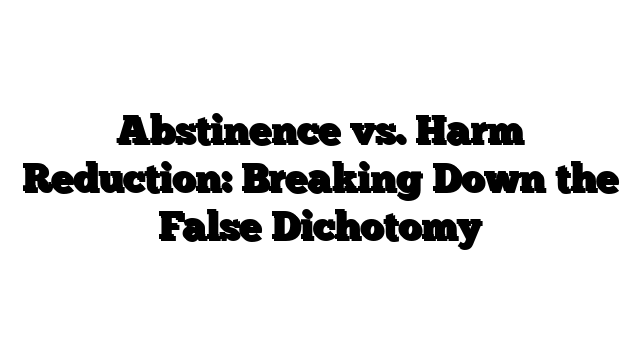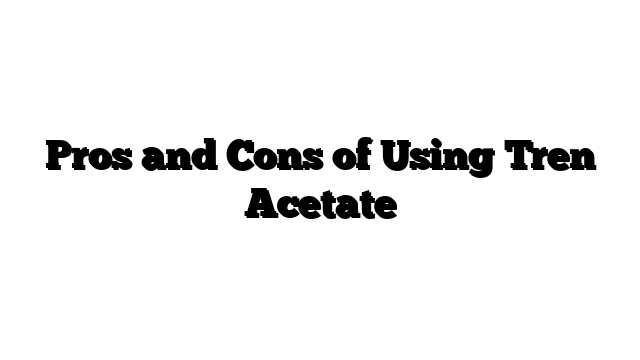In the realm of addiction recovery and harm prevention, the debate between abstinence vs. harm reduction a false dichotomy has been ongoing for decades. Some argue that one must choose between complete abstinence and harm reduction, framing it as an either-or scenario. However, is this dichotomy really accurate, or is it a false choice that limits our understanding of addiction and recovery? In this blog post, we’ll explore the idea that “abstinence vs. harm reduction” is a false dichotomy and consider how a more nuanced approach can lead to more effective solutions.
The Origins of the Abstinence vs. Harm Reduction Debate
The historical context of the abstinence vs. harm reduction debate plays a significant role in its persistence. It often stems from the early days of addiction treatment, where the dominant approach was abstinence-only. This approach insisted that individuals struggling with addiction must completely abstain from the substance in question to achieve recovery. While this approach has worked for some, it hasn’t been effective for everyone.
Harm reduction emerged as an alternative perspective, focusing on minimizing the negative consequences of substance use rather than demanding immediate abstinence. Over time, these two approaches have been pitted against each other, creating a perceived divide that doesn’t account for the complexities of addiction and recovery.
Breaking Down the False Dichotomy
Let’s delve into why the “abstinence vs. harm reduction” debate is a false dichotomy:
1. Individual Variability
- Each person is unique: People have diverse experiences and needs when it comes to addiction. What works for one may not work for another.
- The spectrum of change: The path to recovery is not linear. Many individuals go through phases of use, reduction, and abstinence on their journey to recovery.
2. The Goal of Both Approaches
- Abstinence is a form of harm reduction: Complete abstinence is one way to eliminate the harm caused by substance use. It’s a valid harm reduction strategy.
- Harm reduction can lead to abstinence: For some individuals, harm reduction strategies can be a stepping stone toward eventual abstinence. It’s not always a lifelong commitment to moderation.
3. Holistic Recovery
- Comprehensive well-being: Recovery should be about more than just avoiding substance use. It should encompass physical, mental, and social well-being, which can be achieved through a combination of strategies.
- Addressing the root causes: Both abstinence and harm reduction can be part of a comprehensive approach that addresses the underlying issues contributing to addiction.
A More Inclusive Approach
Rather than framing the debate as “abstinence vs. harm reduction,” it’s more productive to adopt a more inclusive approach. Here are some key points to consider:
- Tailored solutions: Recognize that individuals may benefit from a combination of strategies that evolve over time.
- Client-centered care: Put the person’s needs and goals at the forefront of treatment, allowing them to guide the approach that works best for them.
- Focus on harm reduction as a long-term strategy: Emphasize that harm reduction isn’t solely a compromise but a legitimate, long-term approach for many.
Conclusion
The “abstinence vs. harm reduction” debate is a false dichotomy that oversimplifies the complex issue of addiction and recovery. Both approaches have their merits and can coexist within a comprehensive recovery framework. By embracing a more inclusive, client-centered perspective, we can provide more effective support for individuals on their journey to well-being.
In summary, understanding that recovery is not one-size-fits-all and that both abstinence and harm reduction have their place in the recovery landscape can help us better support those in need. It’s time to move beyond the false dichotomy and focus on what works best for each individual.
Remember, addiction and recovery are deeply personal journeys, and the path to healing should be just as unique as the individual themselves.
James Martin is a passionate writer and the founder of OnTimeMagazines & EastLifePro. He loves to write principally about technology trends. He loves to share his opinion on what’s happening in tech around the world.



